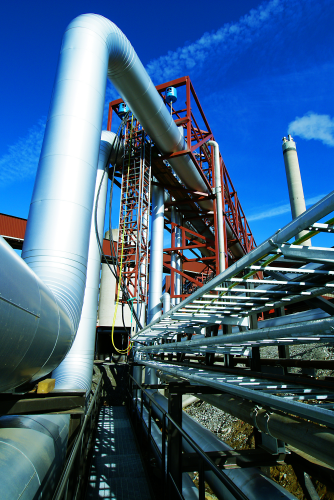
As metal prices rise, engineers and end-users are replacing traditional materials with FRP in corrosive environments in industries including:
- power and energy;
- chemical processing;
- mining;
- water and sewage treatment; and
- food processing.
In many cases, the FRP equipment is lower in cost, has outstanding performance, and provides equal (if not superior) quality over high cost alloys.
This webinar will demontrate how specifying the right FRP material is critical and depends on the chemical environment the equipment will be facing. It will discuss the various types of glass fibre and resin available and show you how to specify the correct materials for different chemical environments.
The webinar will also illustrate the benefits of specifying the correct FRP materials, and review standards available to ensure the proper construction, installation and inspection of FRP equipment.
For further information about this webinar and details on how to register please visit www.reinforcedplastics.com/webinars



